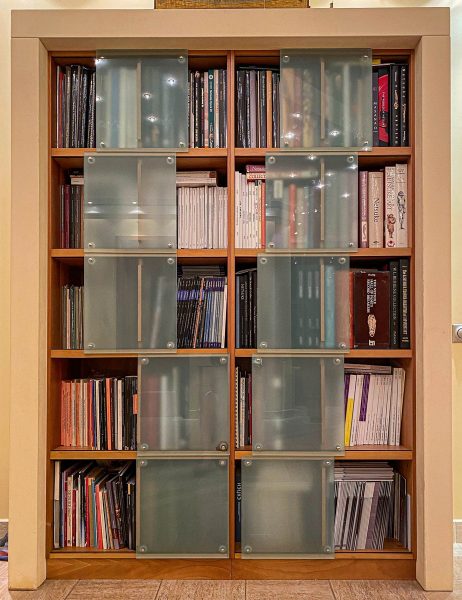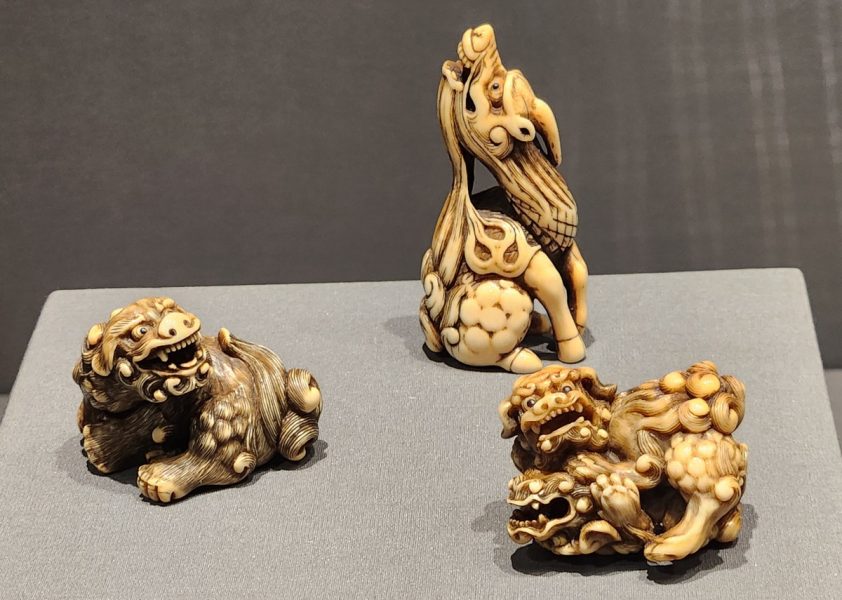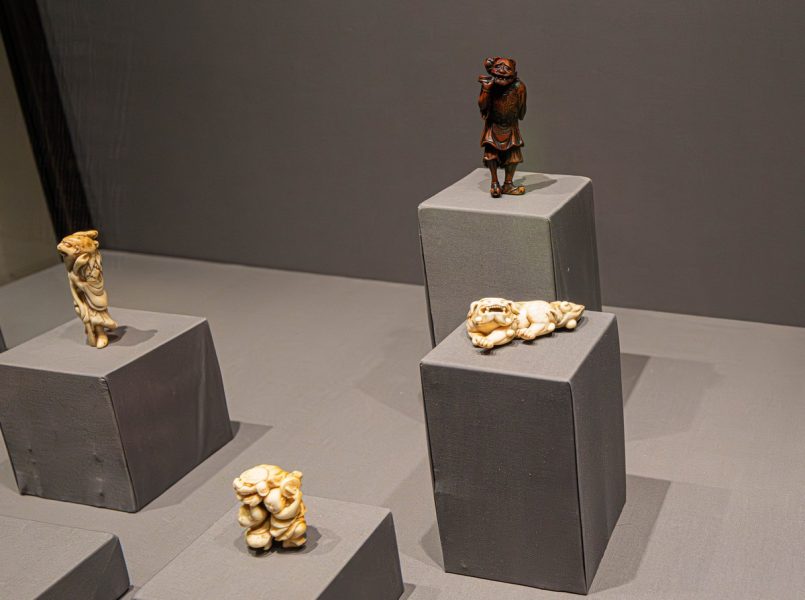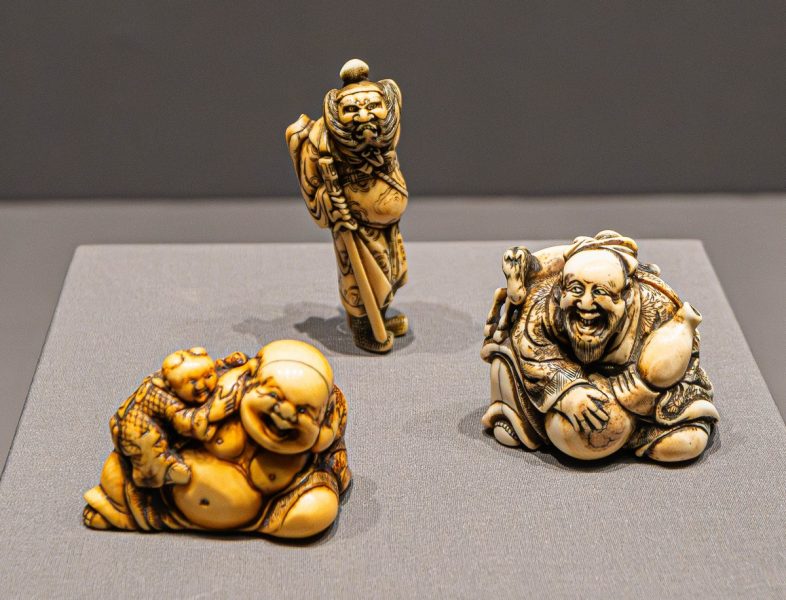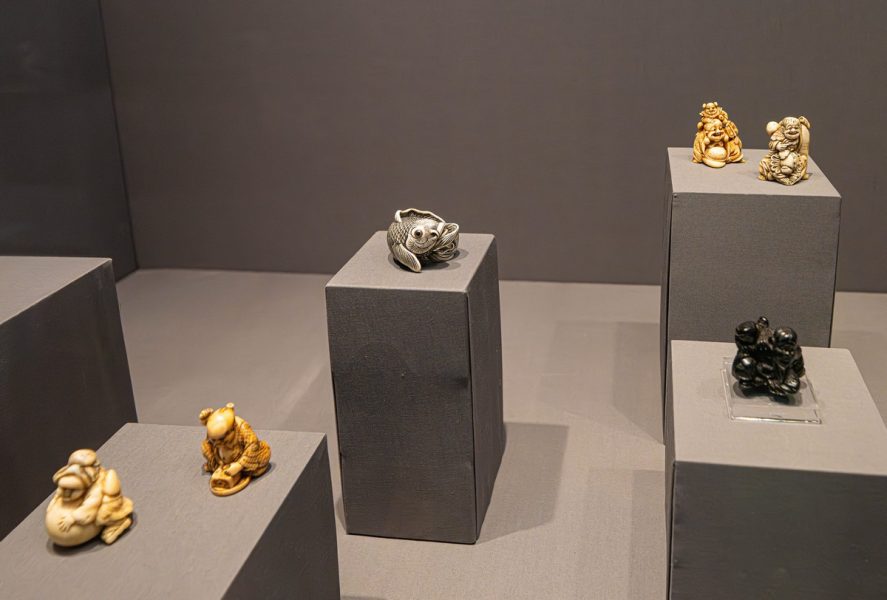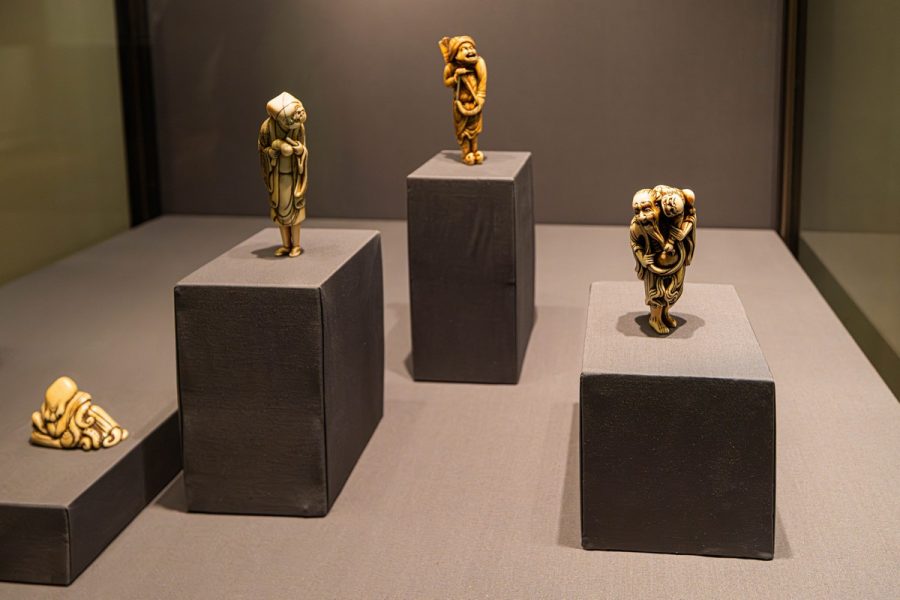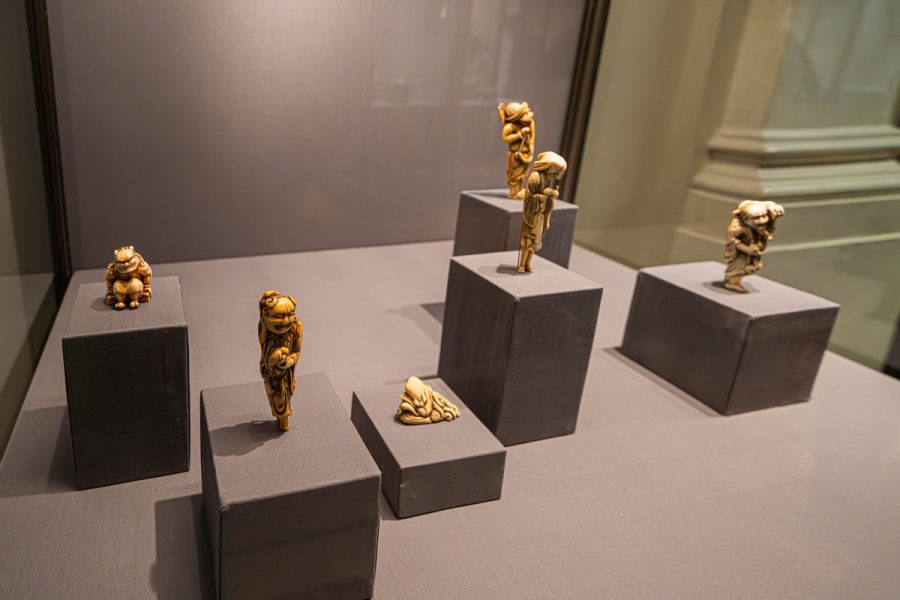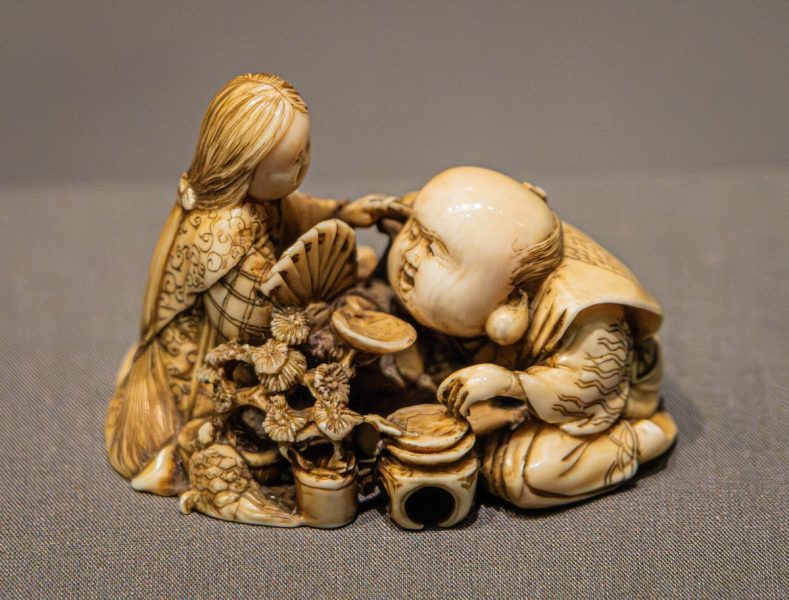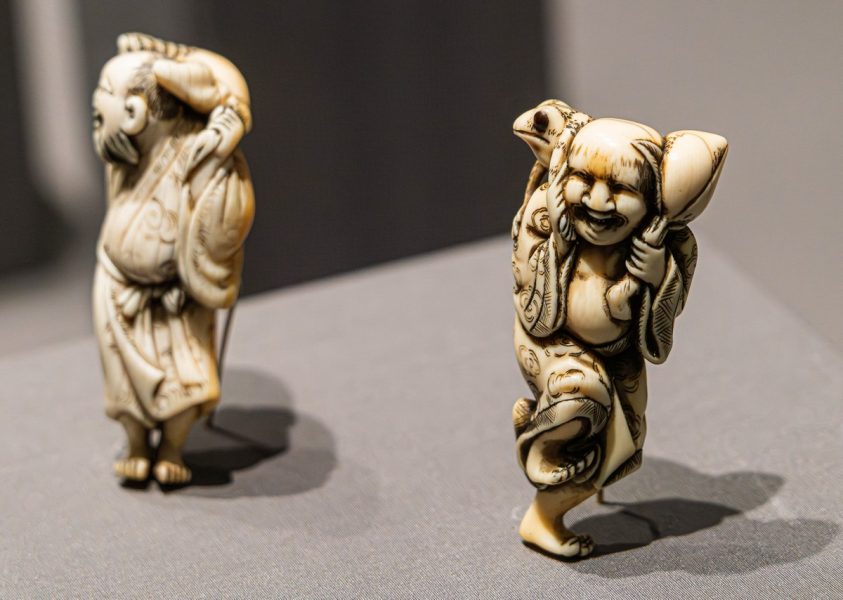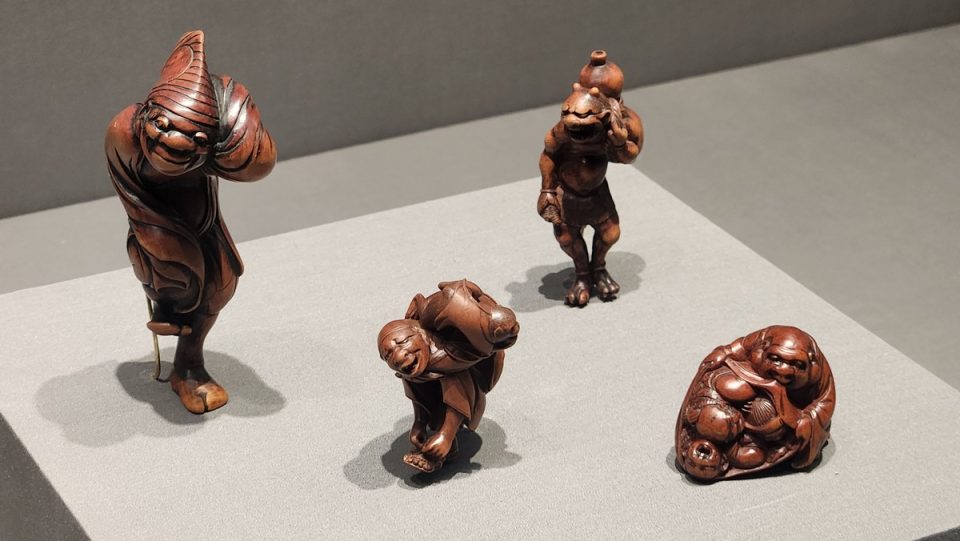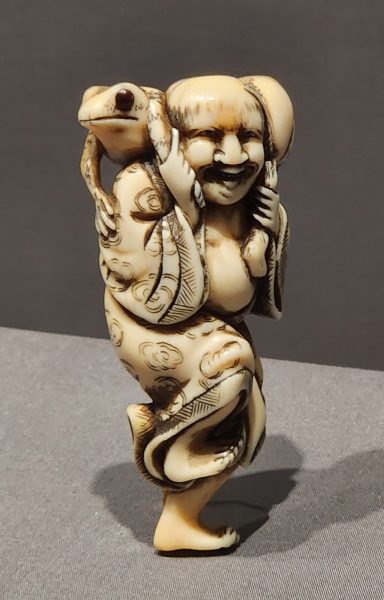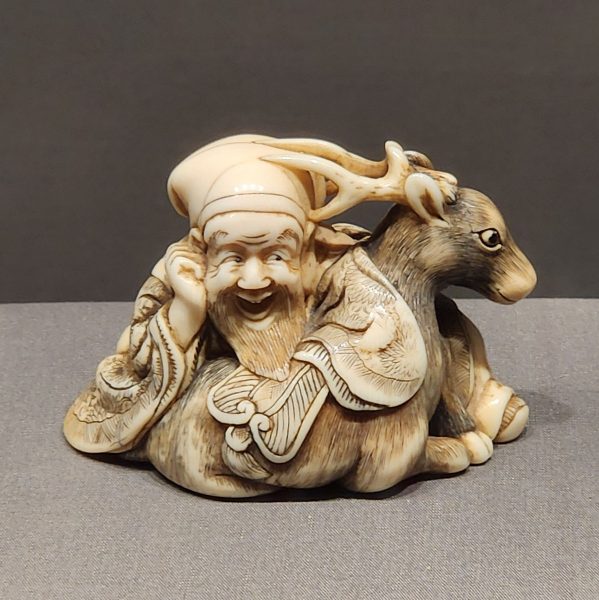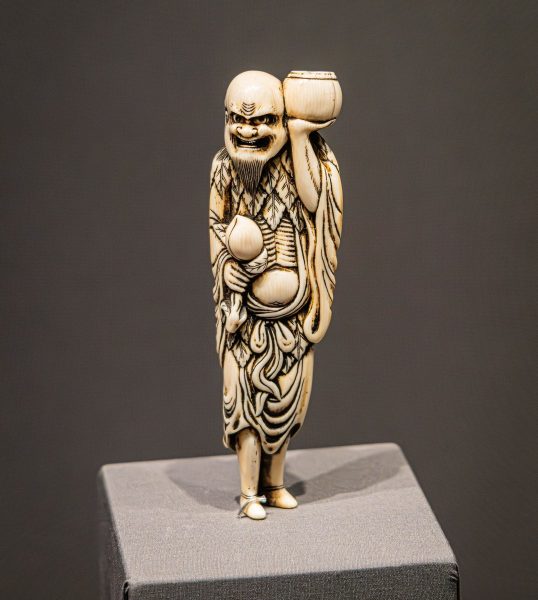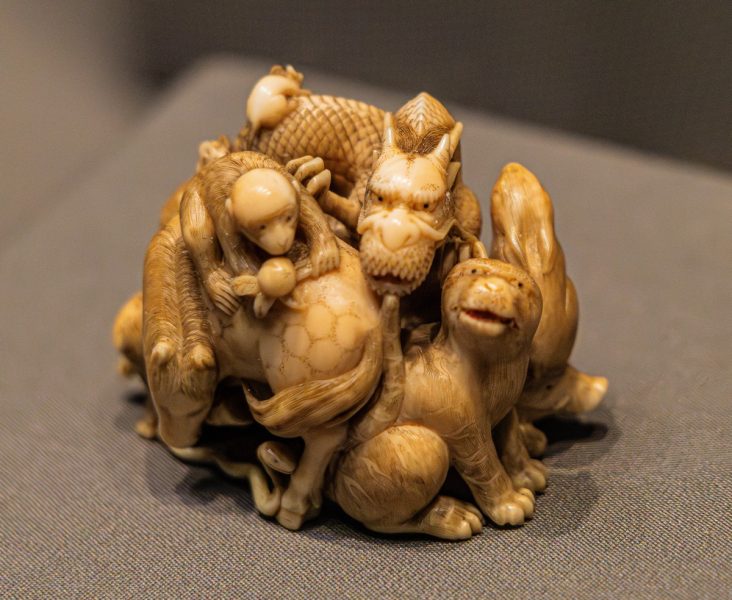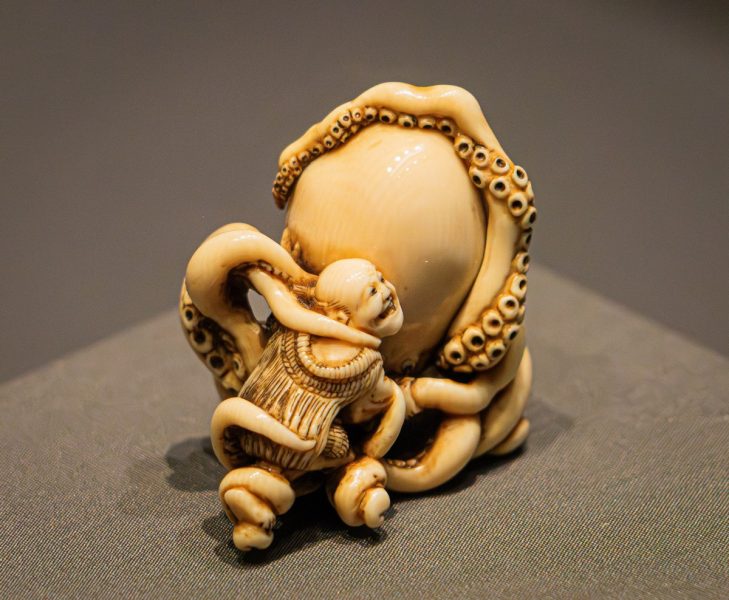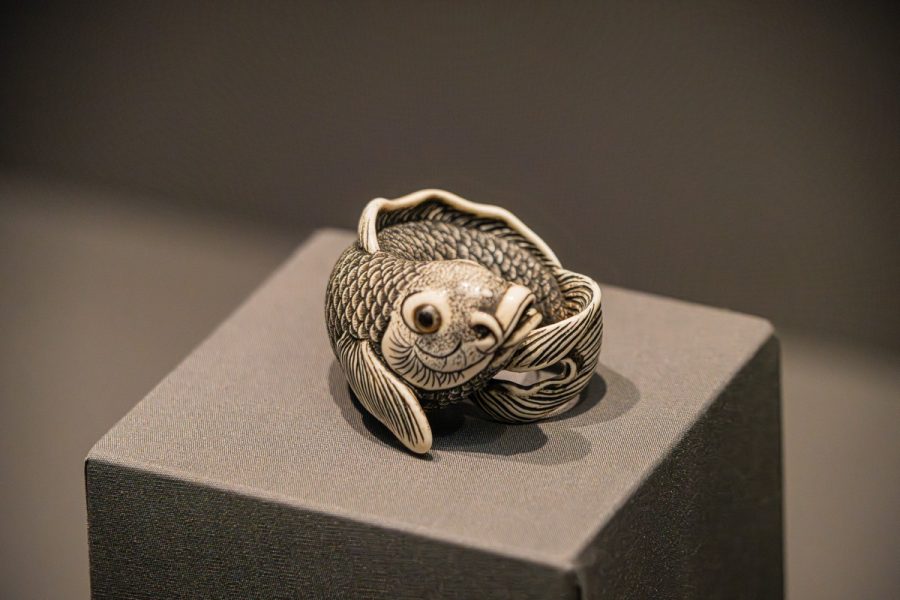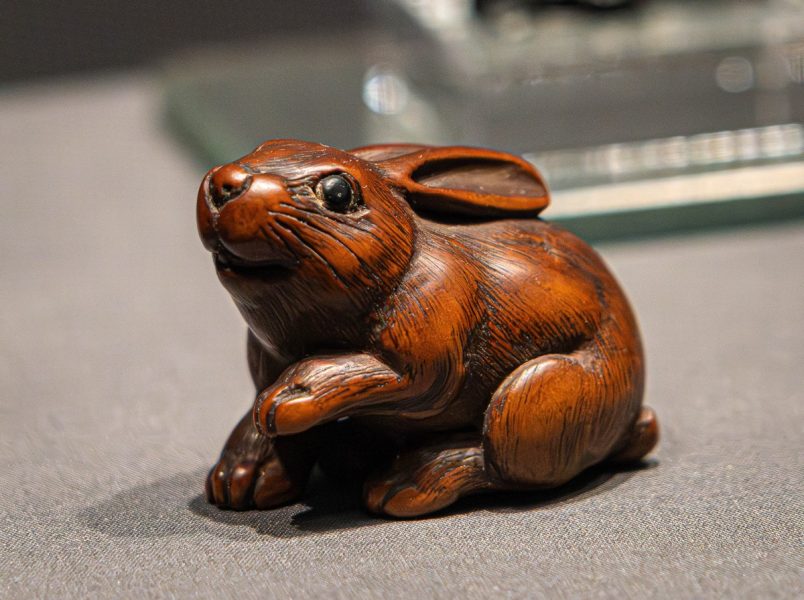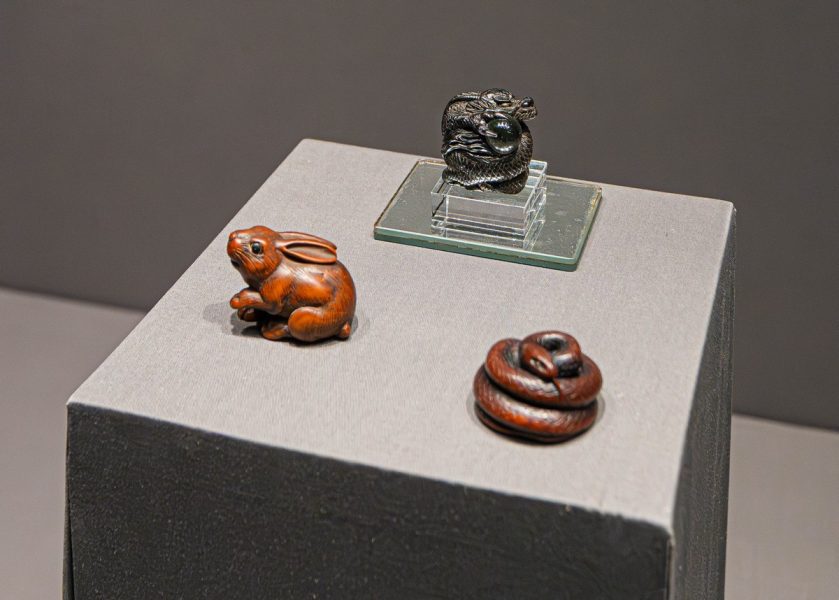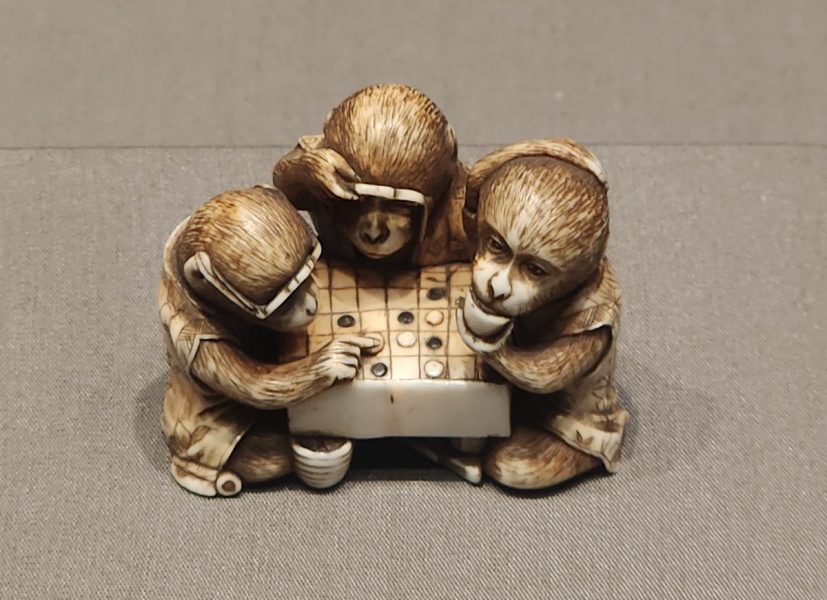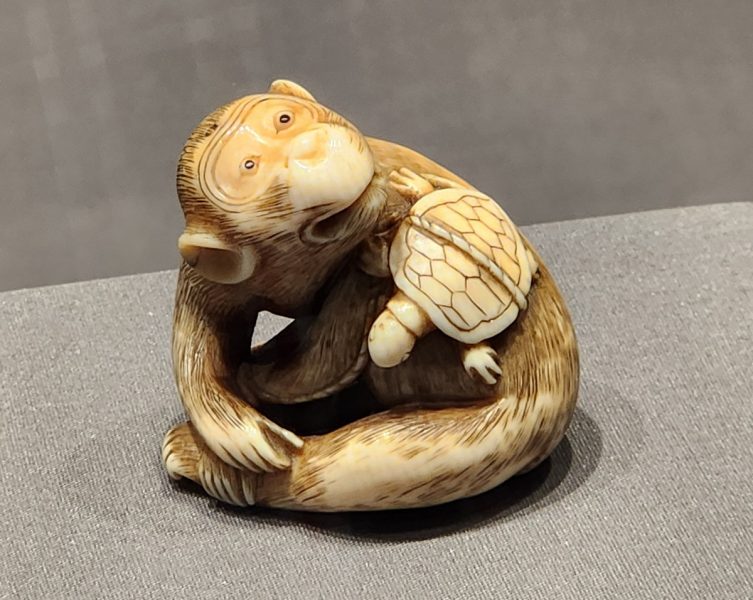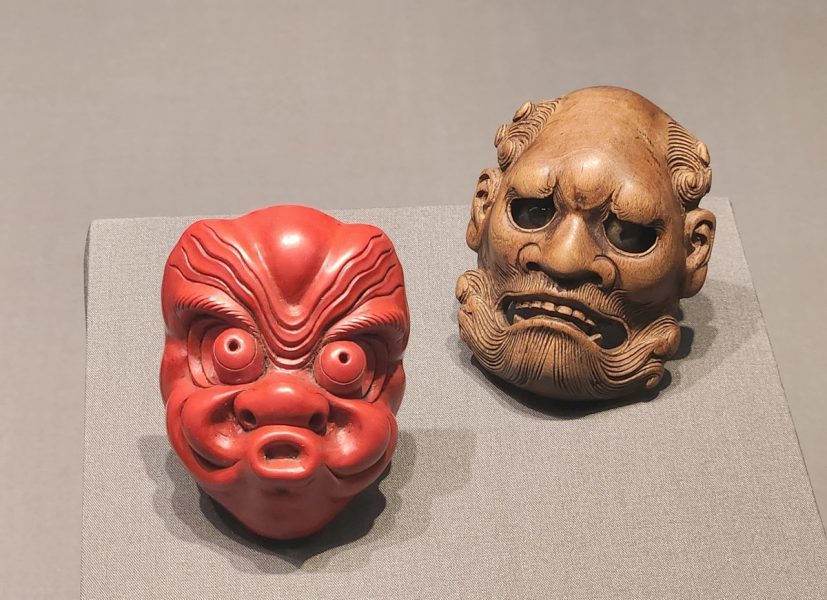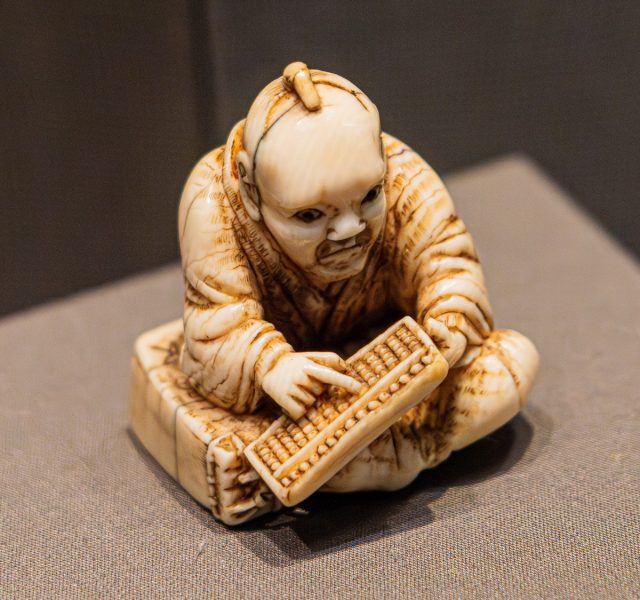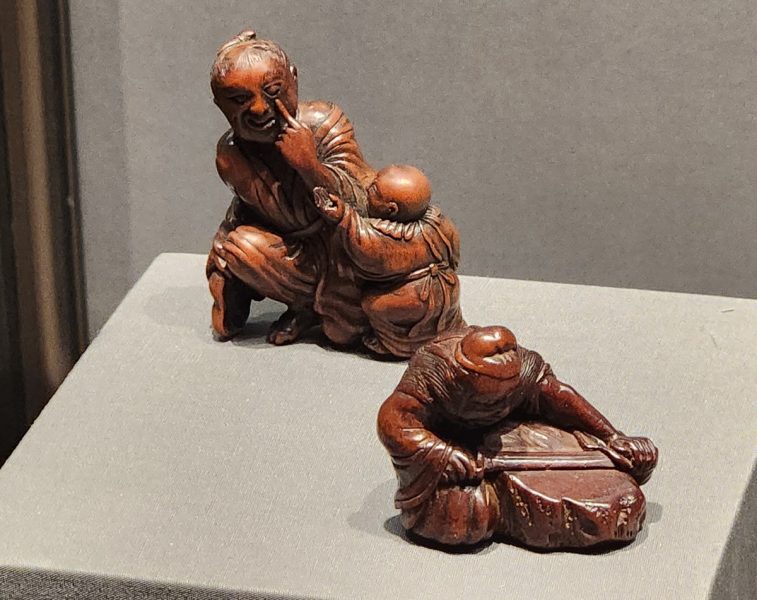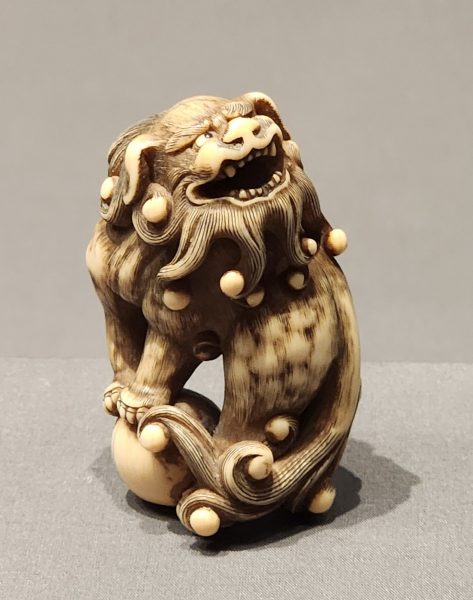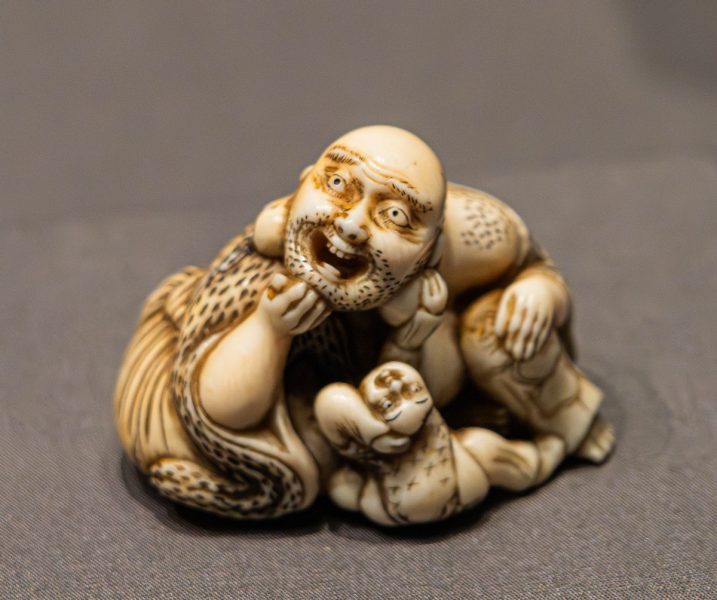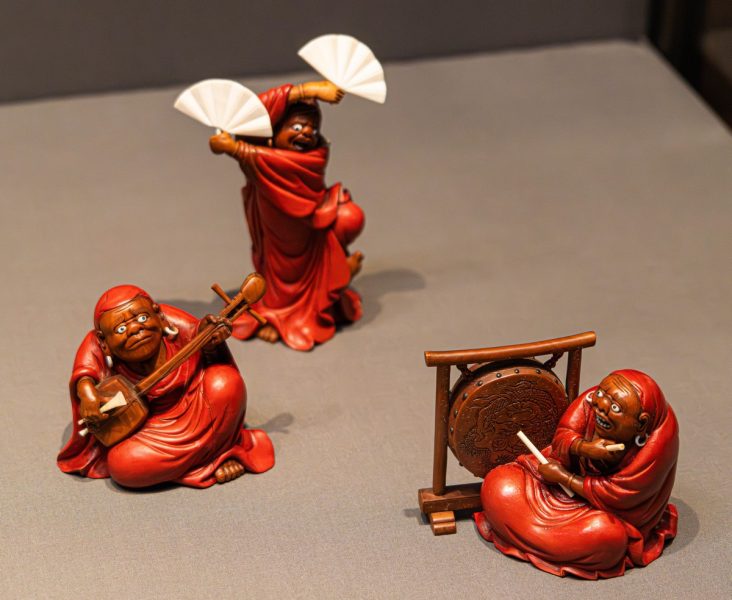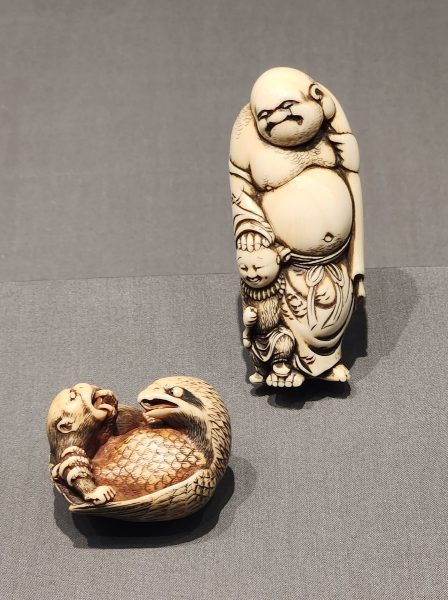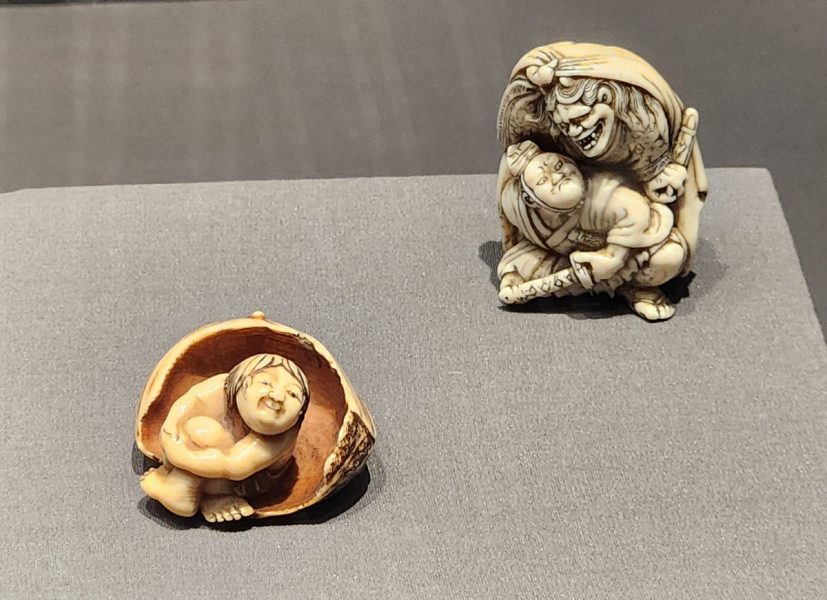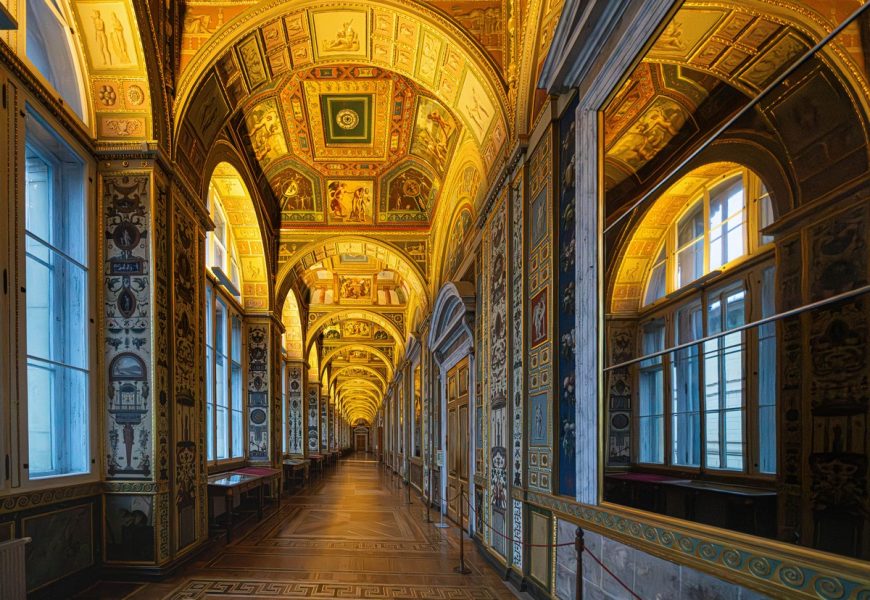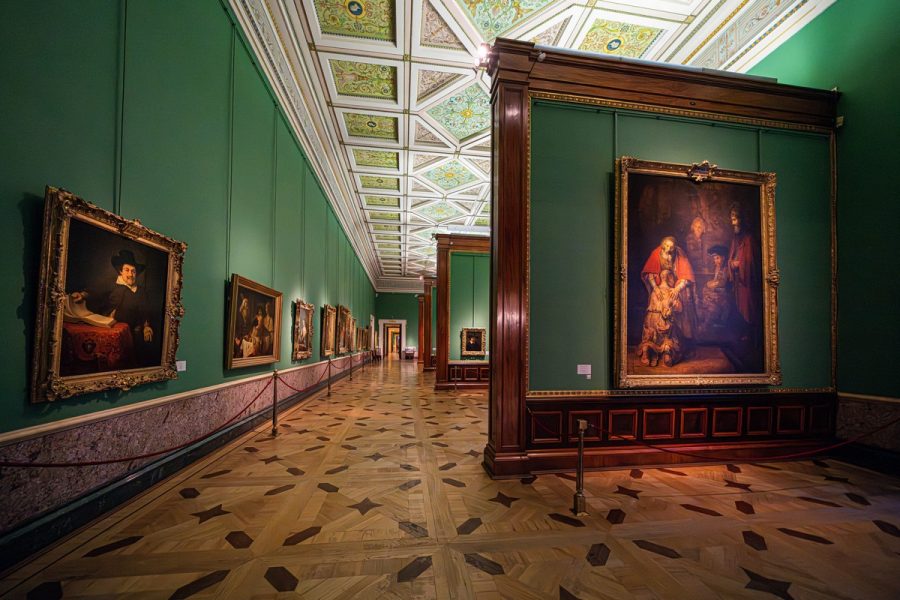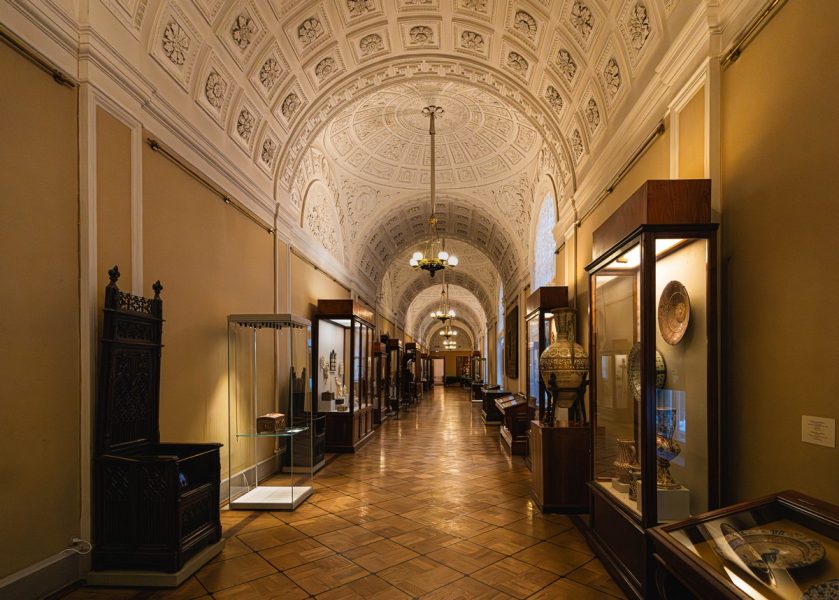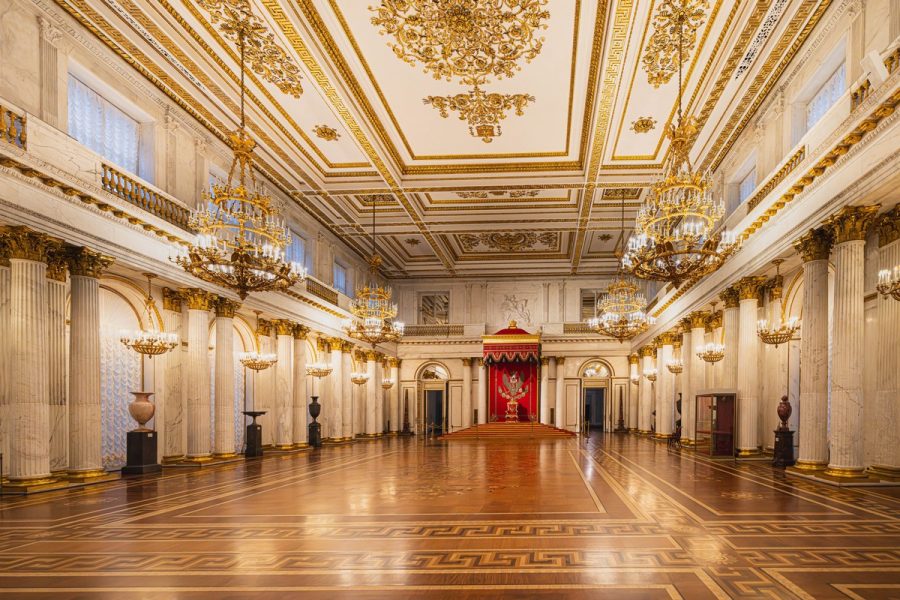December 30, 2024
Netsuke at the Hermitage – a new exhibition of this Japanese heritage!
Hi folks!
Earlier this week I took a whirlwind trip up to St. Petersburg; however – I did not go on a walkabout around this particularly beautiful city. What?…
Sure, I normally get out and about in St. Pete, but that’s because I tend to go there during the summer months – or at least in spring or fall; rarely in the depths of winter. But I’m no fan of bad, wintry weather – all gray and damp and the days being real short. So, like I say – no walkies. But we had something else planned – indoors: a visit to the Hermitage! ->
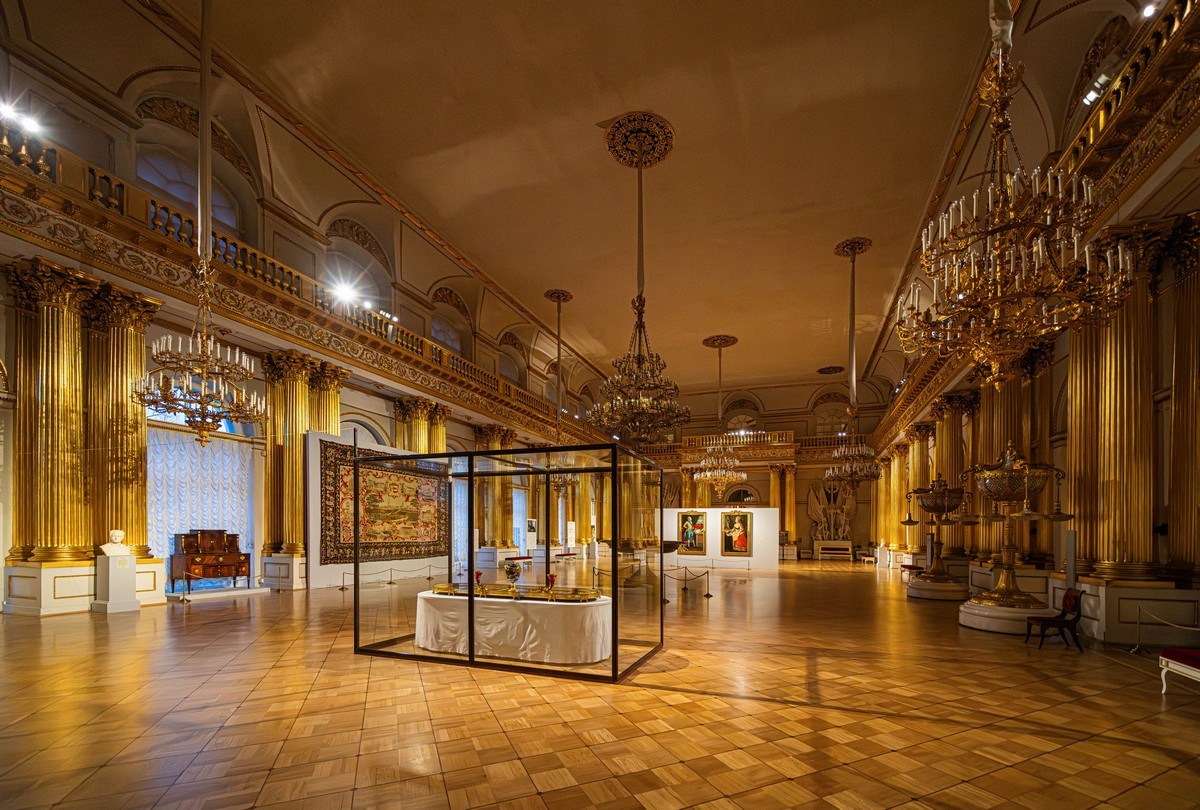
First up: see these pics? All as per (historically significant, beautiful, intricate, grandiose, opulent…) – right? But there’s one thing missing; can you guess what?…
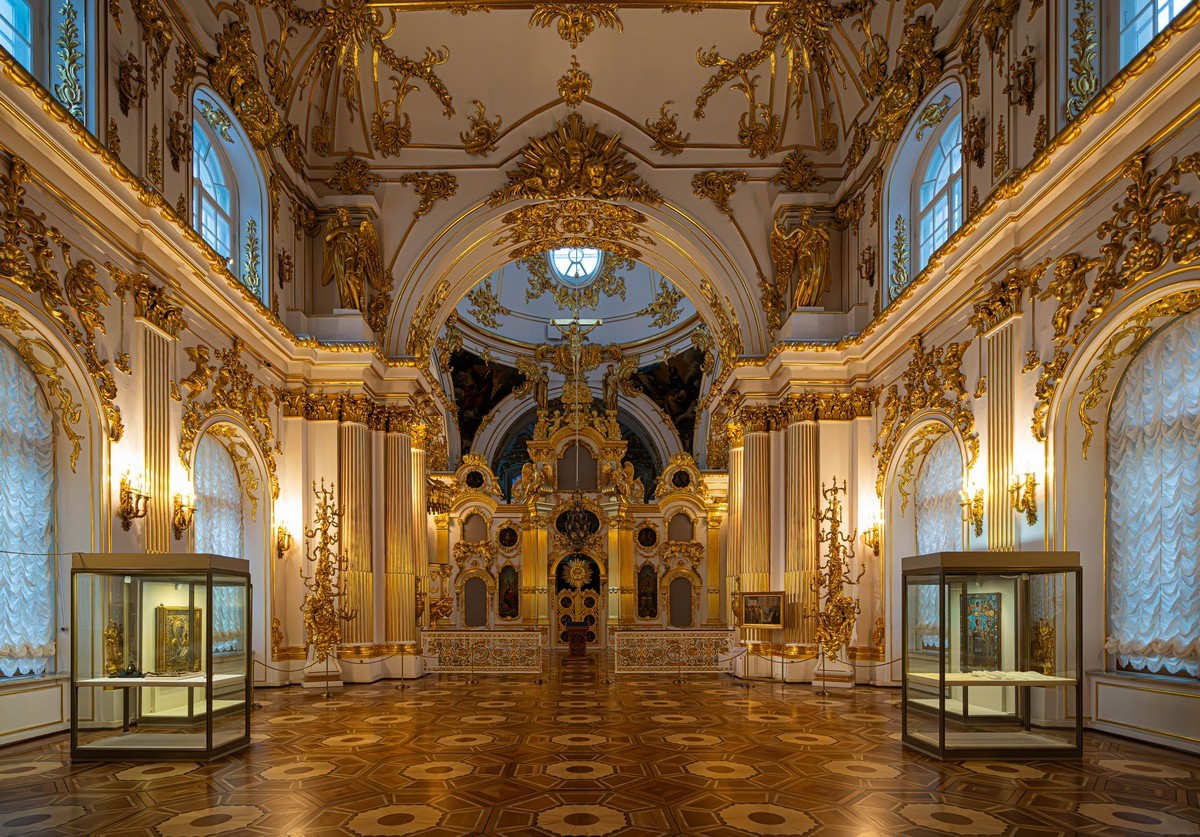
Come on… worked it out yet?
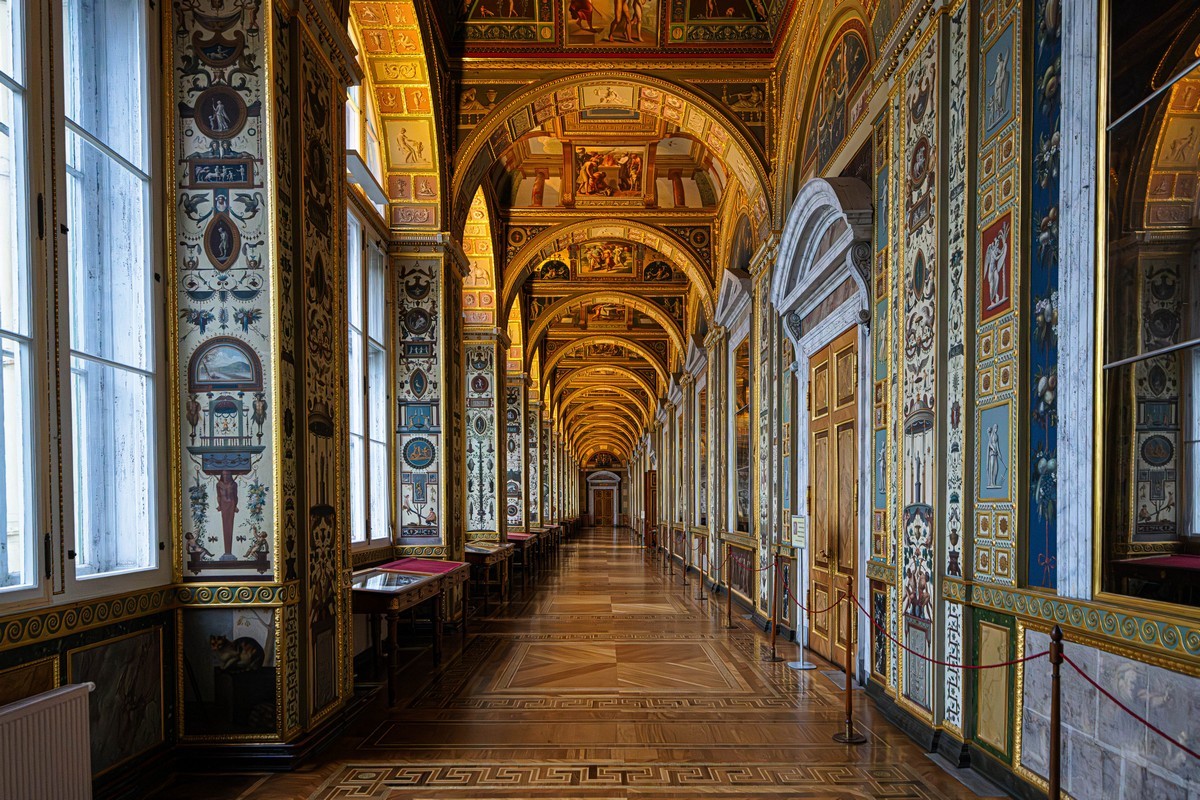
Of course – it’s empty (just how I like it!)! For we were there on Monday, which is the museum’s day-off. So what were we doing there? We were there for the Japanese netsuke exhibition running currently – including exhibits from private collections…
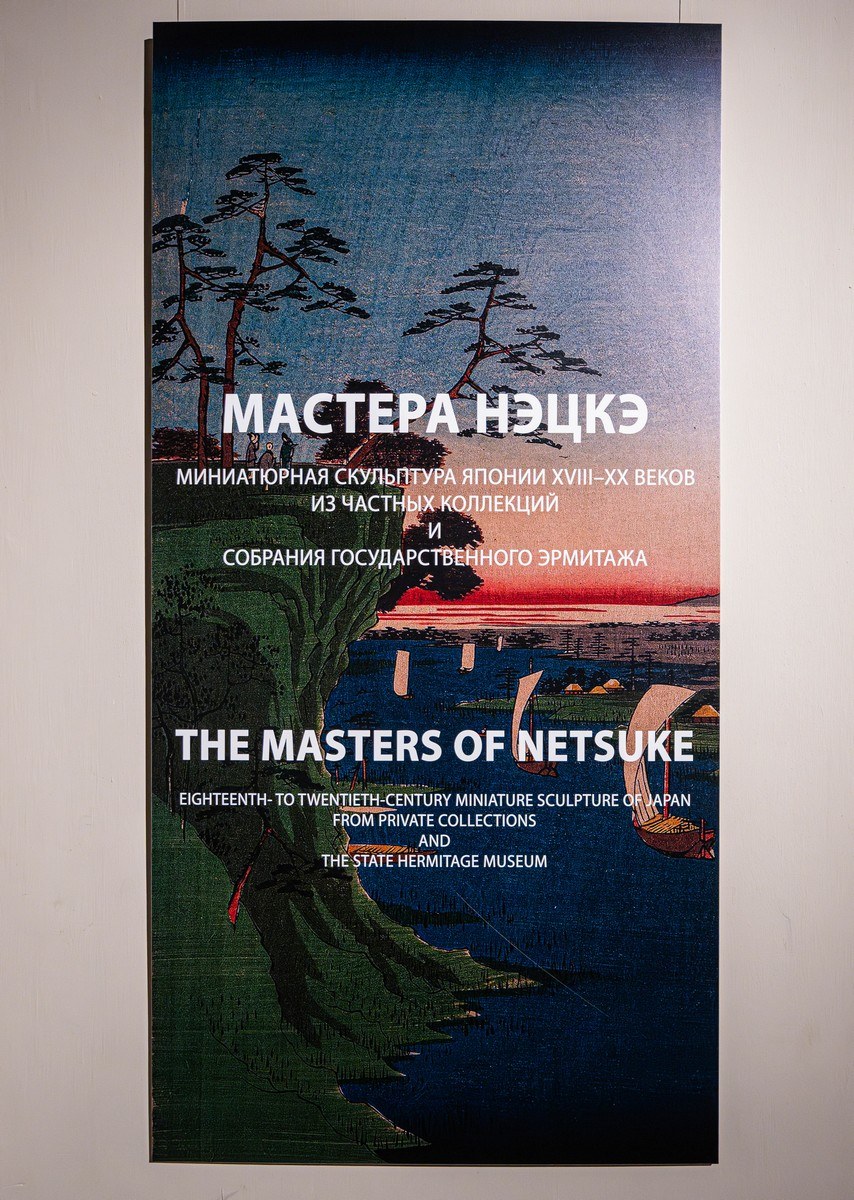
And one of our distinguished employees happens to have his own private netsuke collection, which was being shown in among all the others:
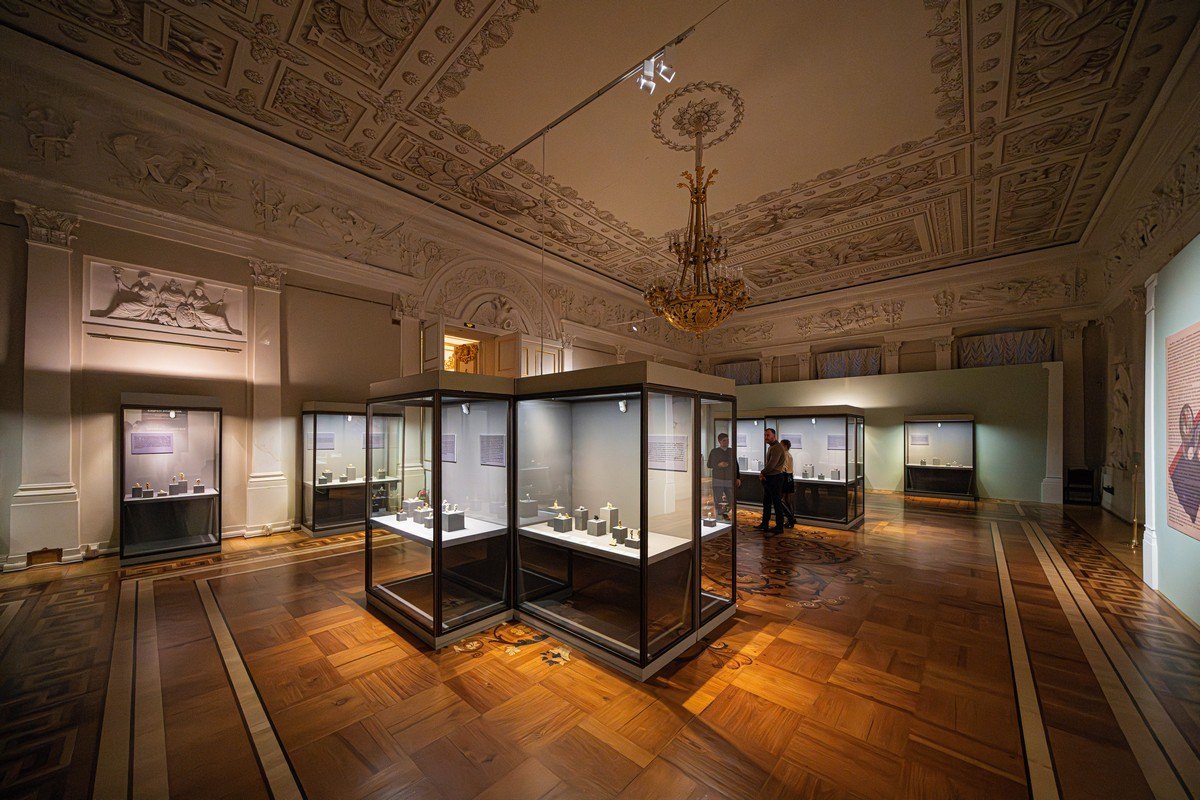
So what is netsuke? Around 300 years ago, Chinese and Japanese clothing didn’t feature pockets (!), so when small change needed to be carried on the person back then it would be placed into a small container – like a bag or box – which was then attached to one’s belt with string. Kind of like this:
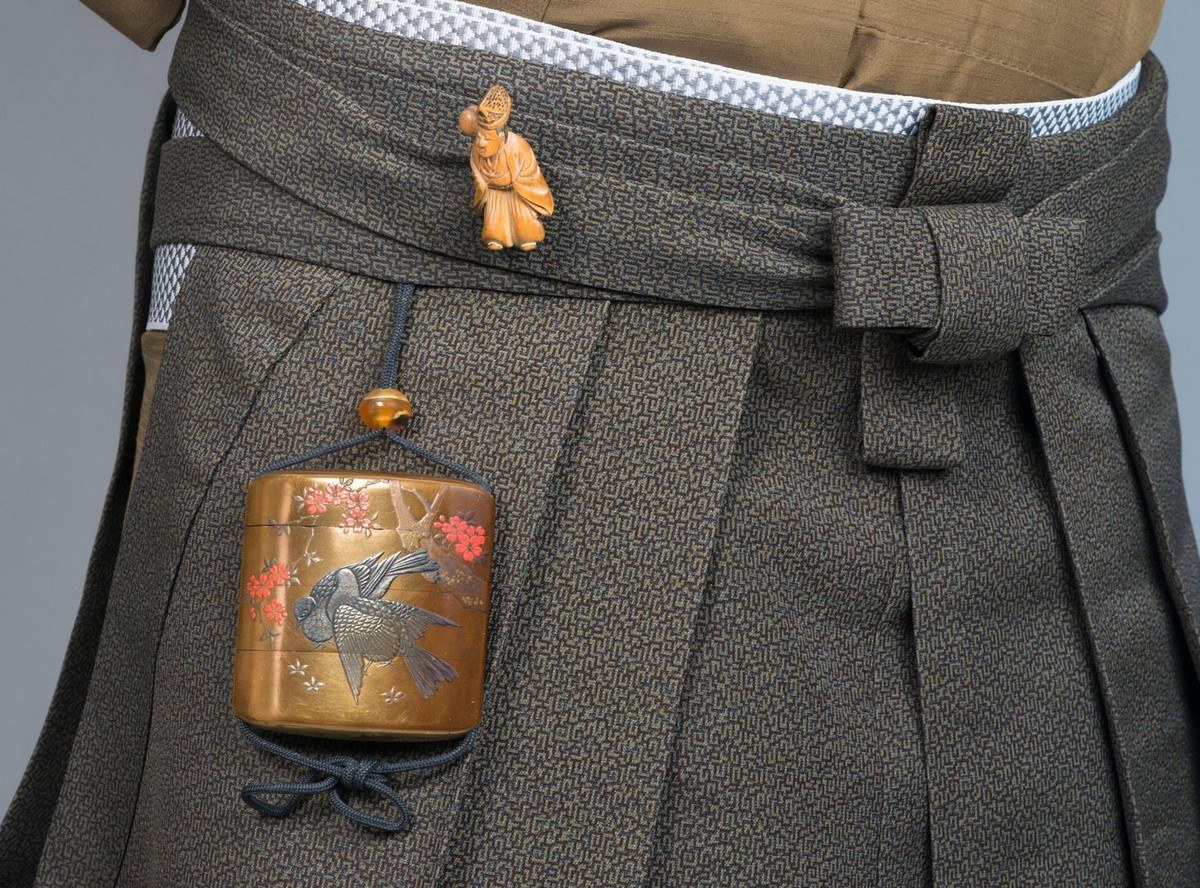
In China, these receptacles always were and remained utilitarian objects; in Japan, since the beginning of the 17th century, they started being aesthetically improved – eventually leading to the small containers hung upon kimonos becoming true works of art:
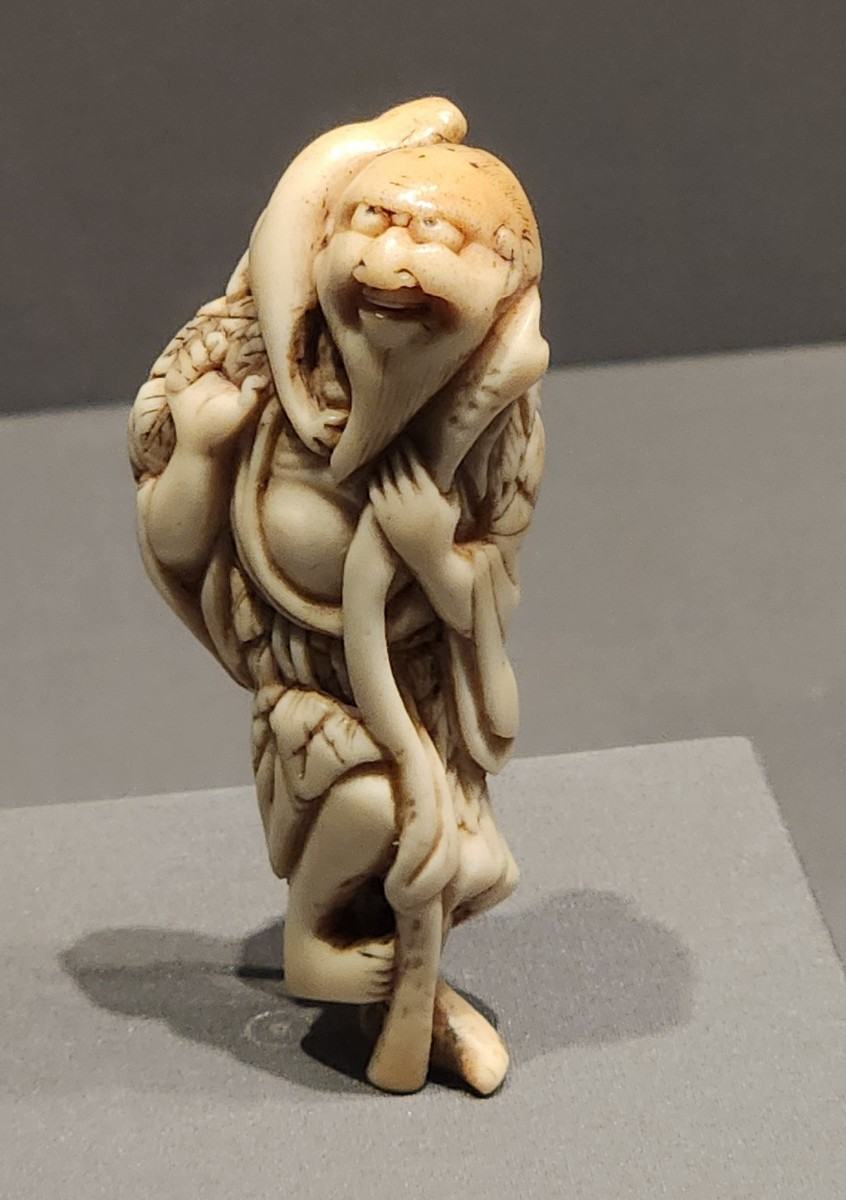
By the 20th century, when European clothing (and Europeans themselves) started appearing more and more in Japan, netsuke became simply clothing accessories (not change carriers). But the mentioned foreigners were quick to be inspired by such traditional decorative art, and started to buy it up as souvenirs. Then collectors appeared and trade in it boomed – eventually leading to its being bought and sold at auctions; in the meantime, of course, it became exponentially more expensive…
…How expensive? Well, to date, the dearest netsuke to change hands publicly went for $441,000 (details)! But I’ve heard that in private deals pieces have gone for over a million dollars!
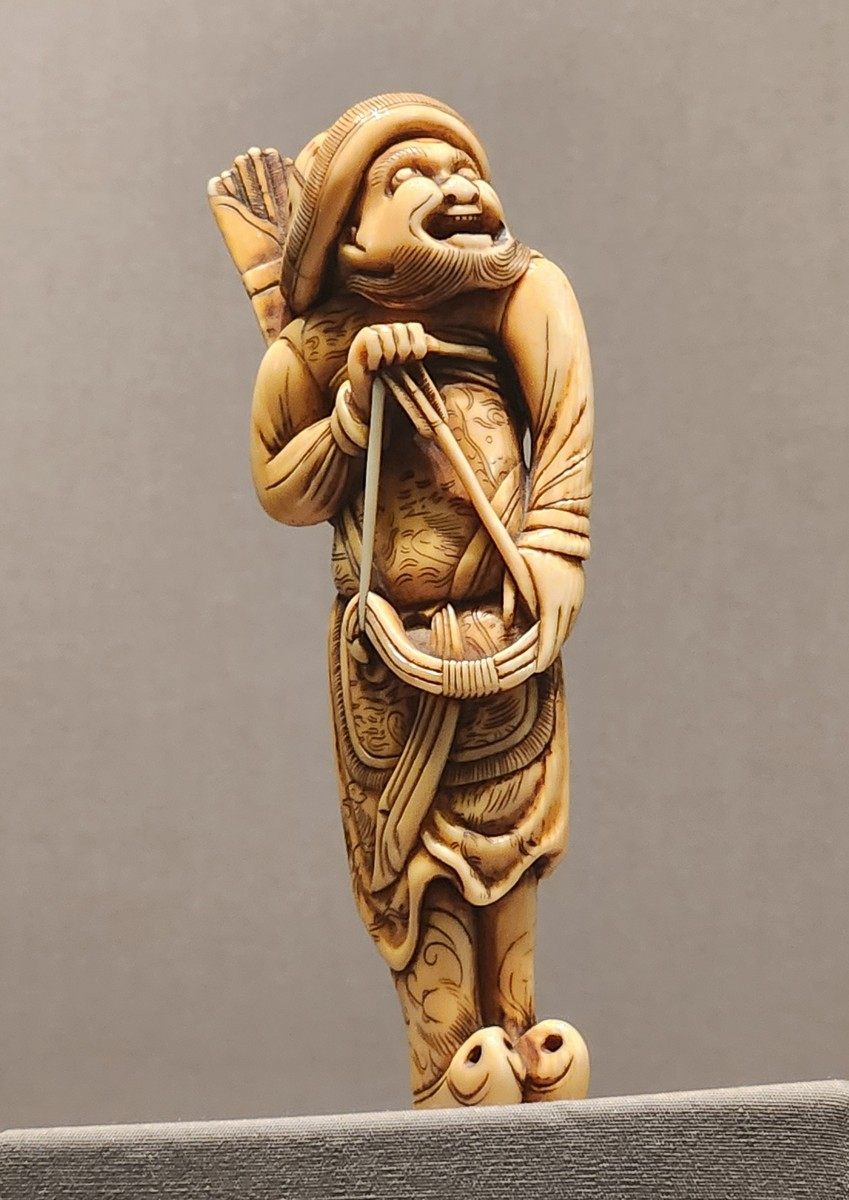
Prices vary greatly – depending on age (up to 400 years old!), quality, condition, and who made a piece. Prices also depend on the back story of a particular piece. Not that all netsuke has one. Freshly made, brand new pieces are also a thing – with prices anywhere between a thousand and ten thousand dollars.
// There is an alternative: plastic “netsuke” going for two or three dollars online ) //
There’s a whole culture dedicated to netsuke too. There are whole books on the subject – even whole libraries at collectors’ residences! ->
And of course there are exhibitions – like the one we were at:
The exhibition is running till January 19…
Netsuke are made of different materials – mostly of hard woods, or elephant or walrus tusks. Also used: horns, teeth, bones, stone – including precious ones. Elephant bone was once a big hit:
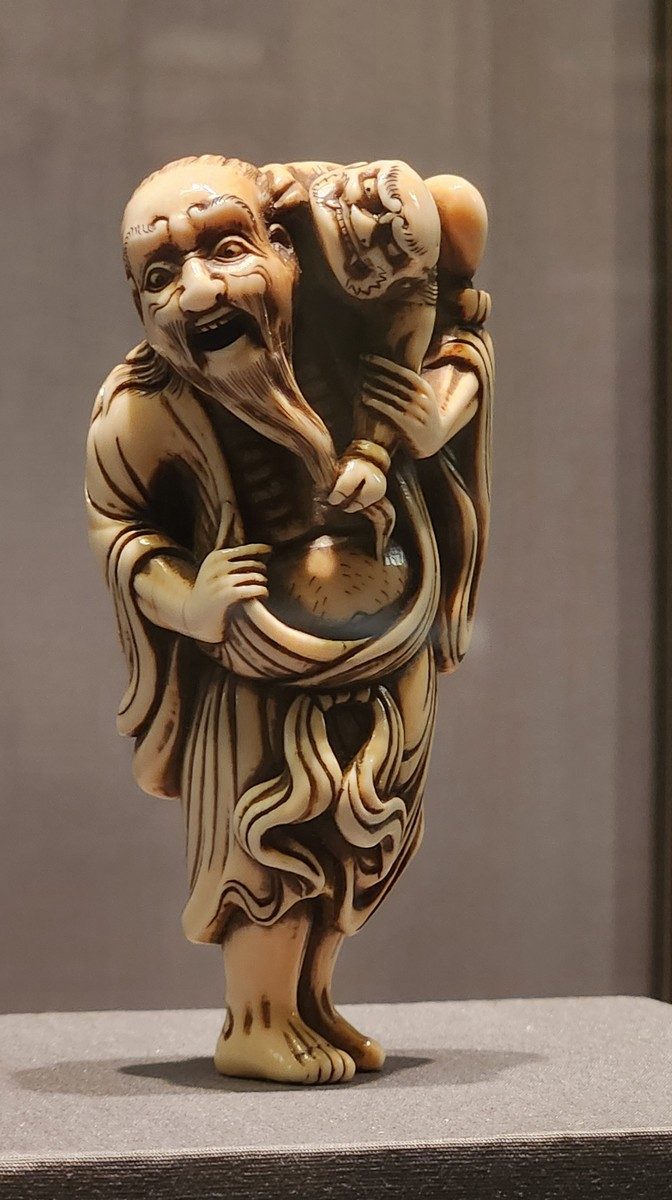
Ivory Netsuke are often thinner at the bottom – the sculptors used just the end of a tusk in the interests of economy.
Wait – is that an AirPod (from ~300 years ago)?! ->

Emotional pieces:
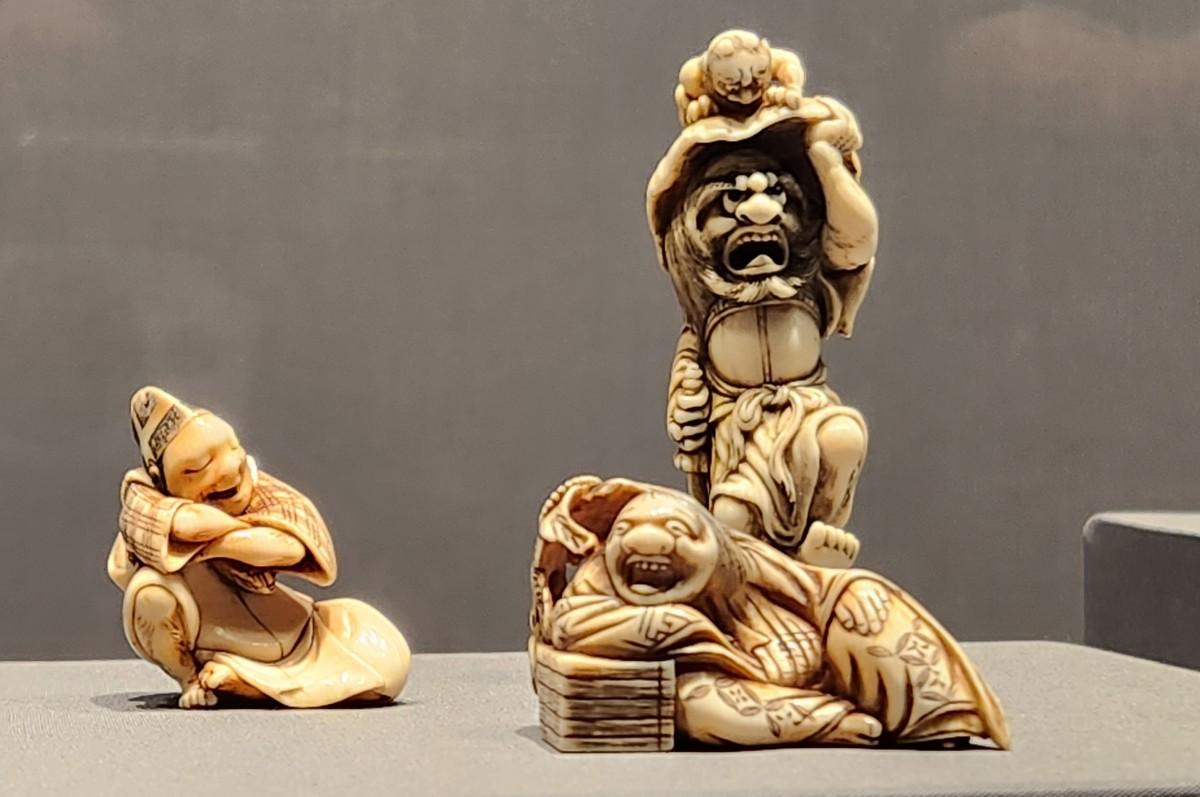
A rare piece with a precious stone (can’t remember which) ->
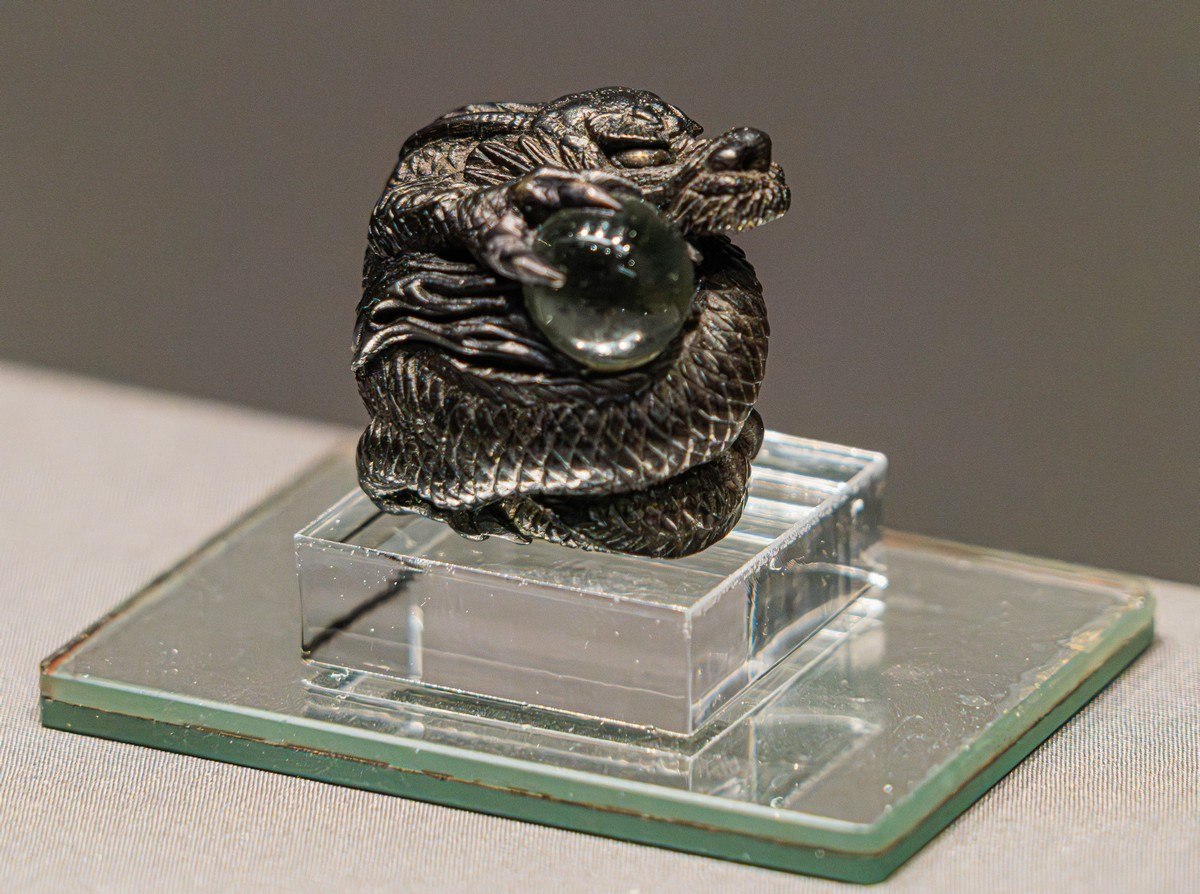
Japanese folk tales are often depicted:
Each netsuke masterpiece here (and there are only masterpieces here) personifies or symbolizes something – or refers to some Japanese legend, tale, or custom:
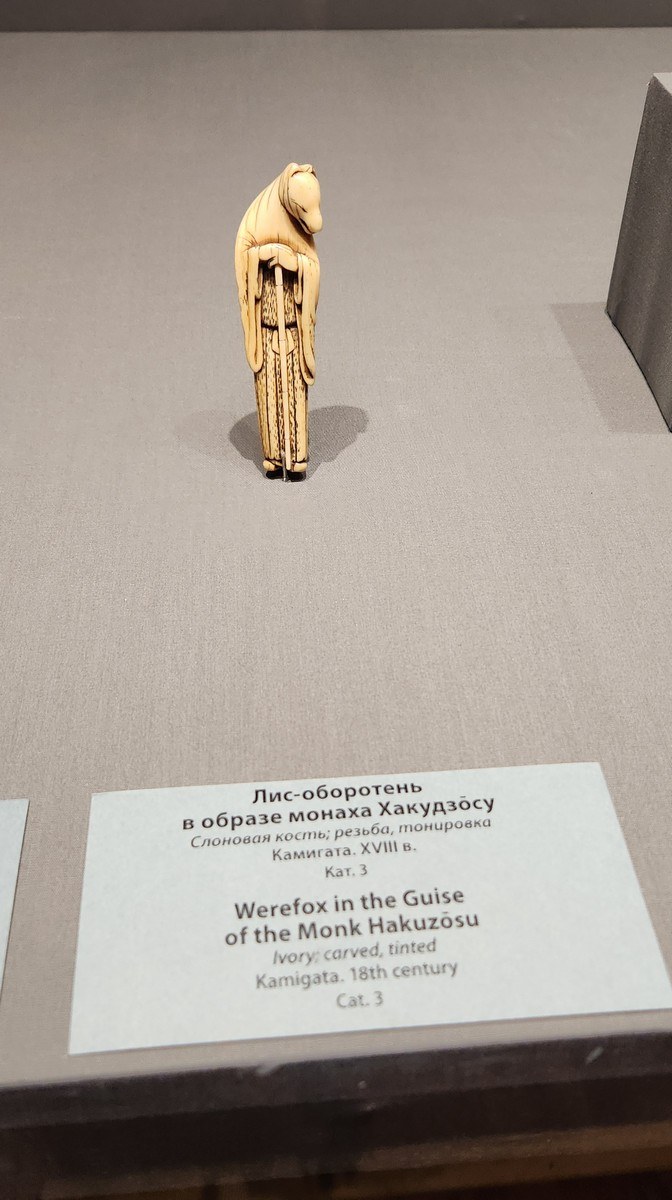
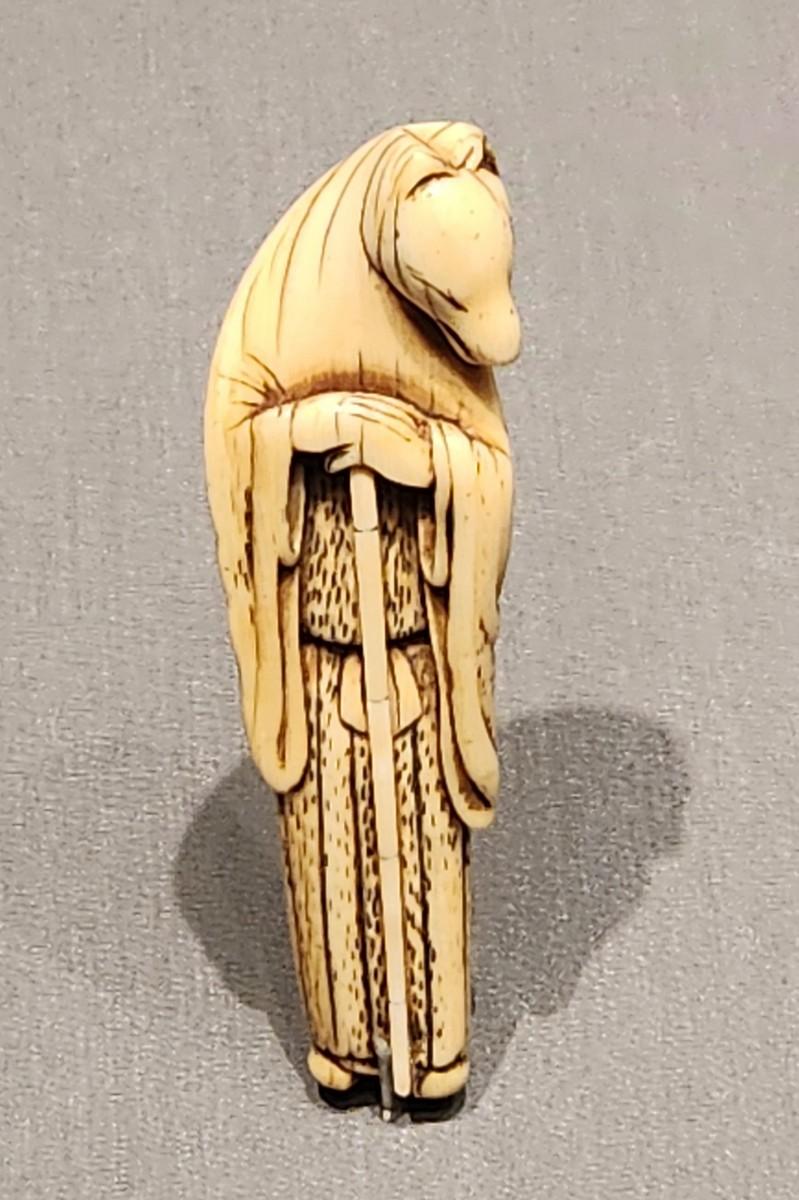
Macabre:
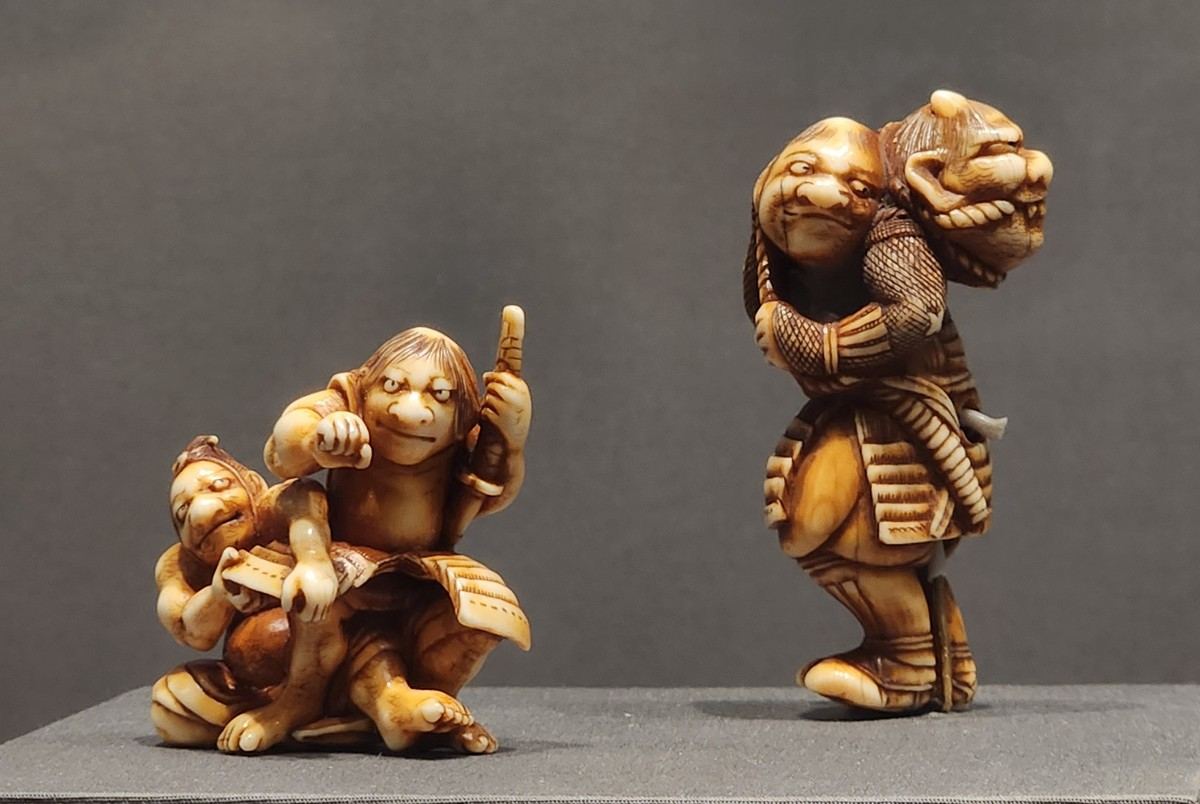
Here’s a samurai “pacifying” an evil demon:
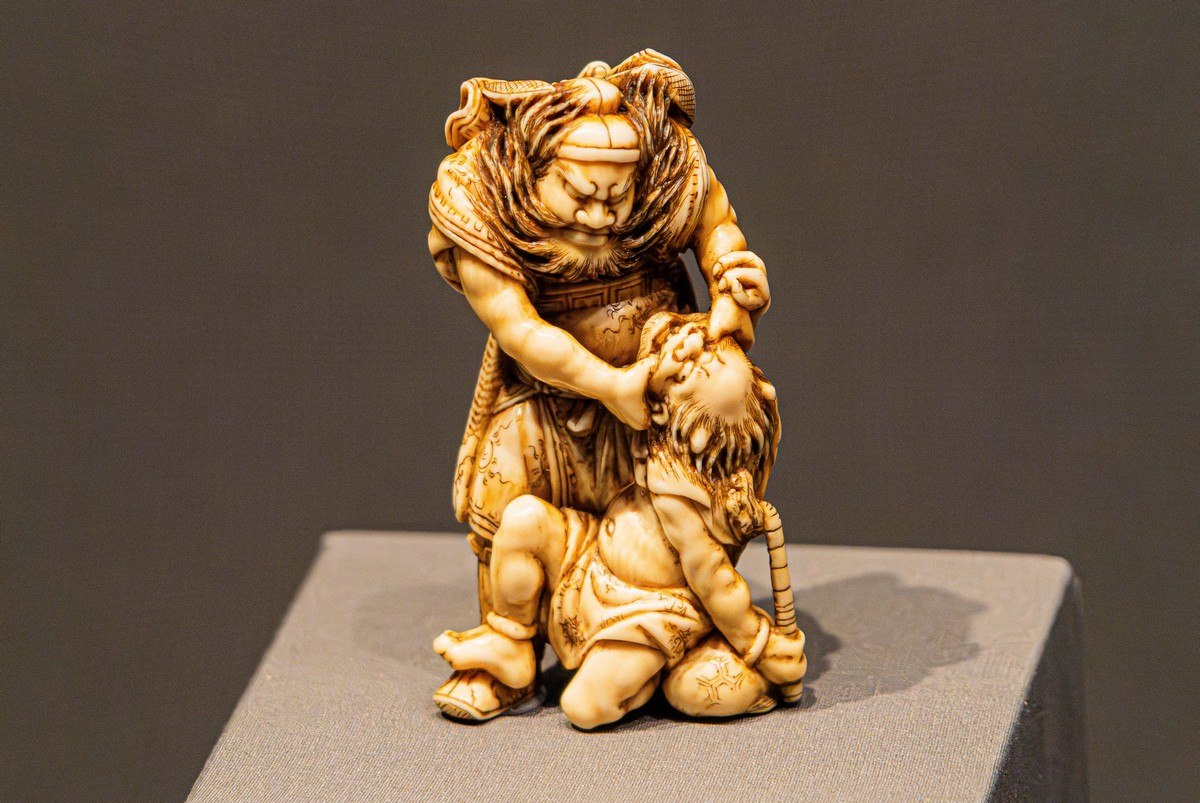
Octopuses often feature in Japanese mythology:
Masks represent a particular style of netsuke:
More modern netsuke pieces tend to be larger in size than their predecessors; this is because they’re intended to decorate the interiors of homes – not hung on kimonos ).
And that was that: a pleasantly unusual Hermitage experience! Meanwhile, outside the hall with the netsuke exhibition – the Hermitage itself atypically beautifully empty and quiet! ->
The rest of the photos from the Hermitage are here.
